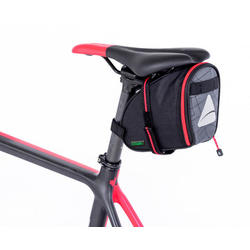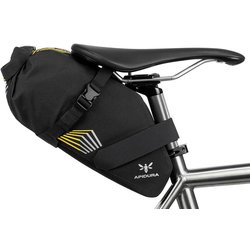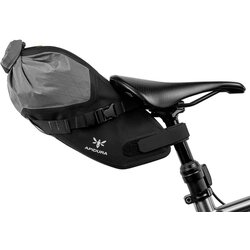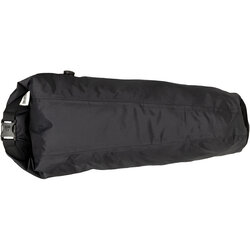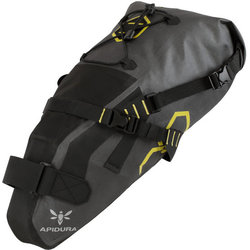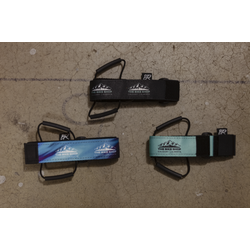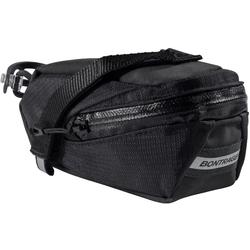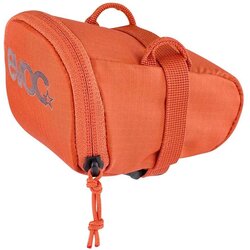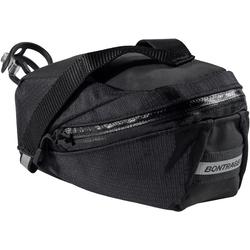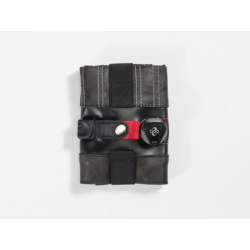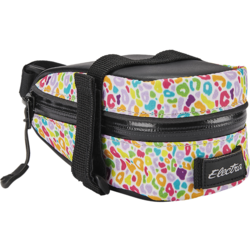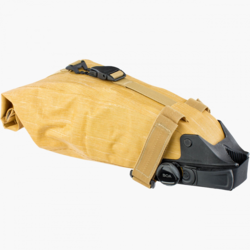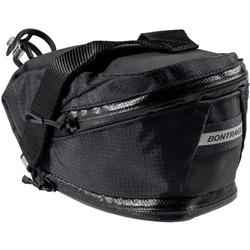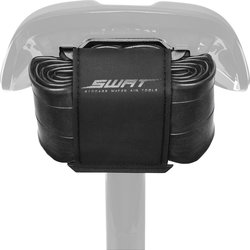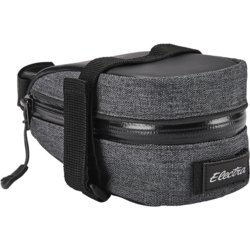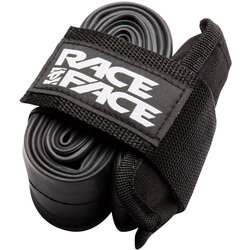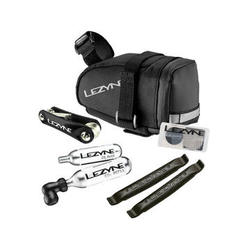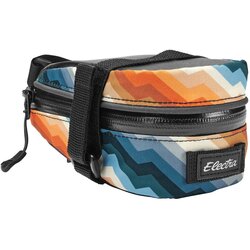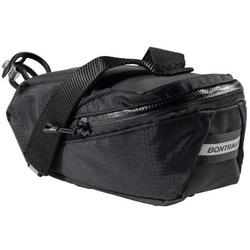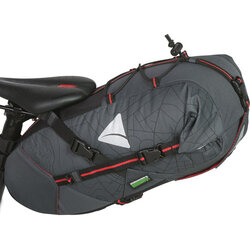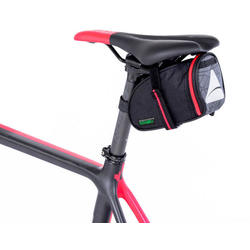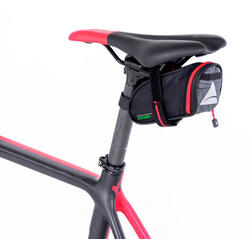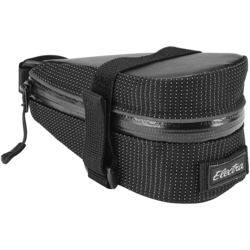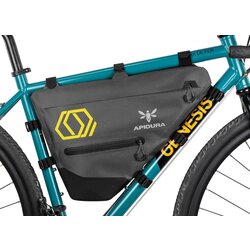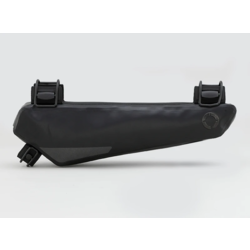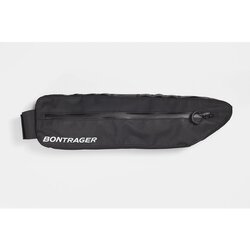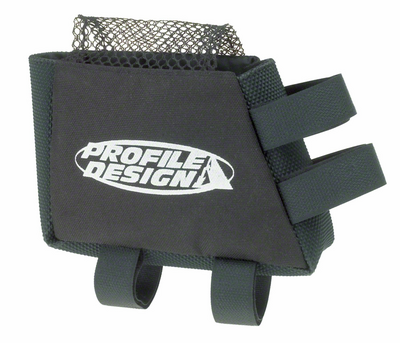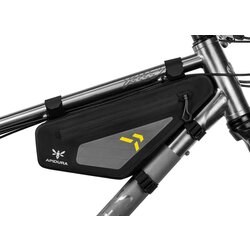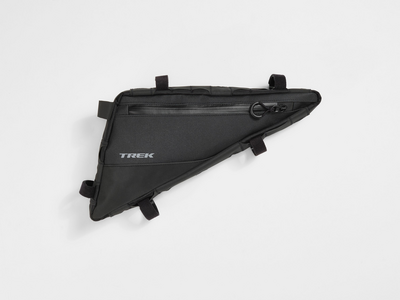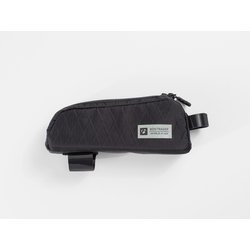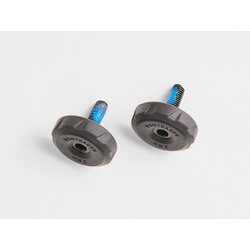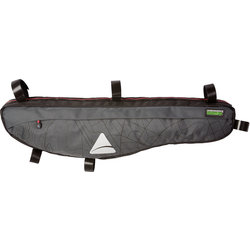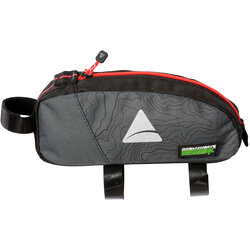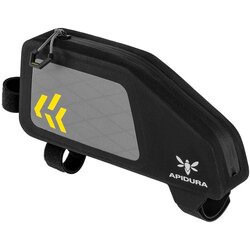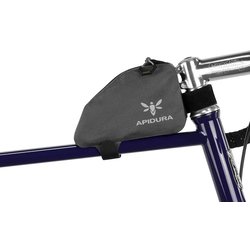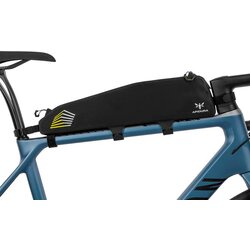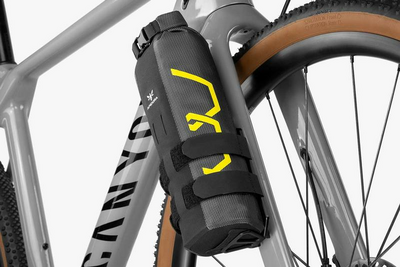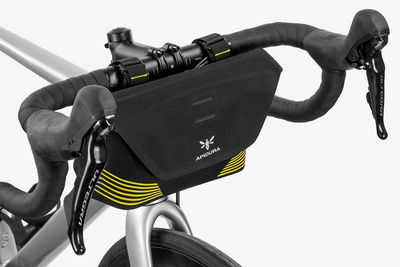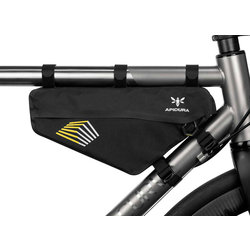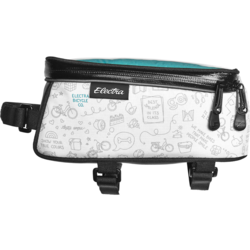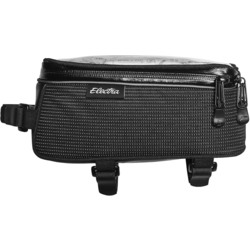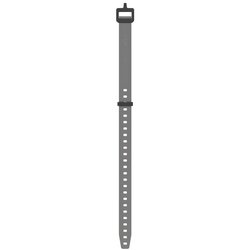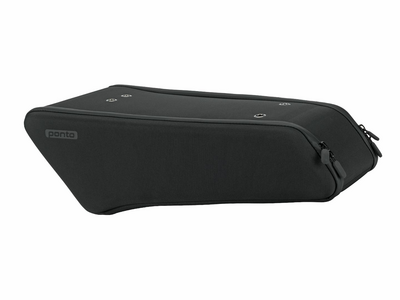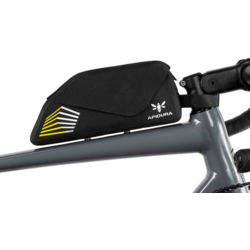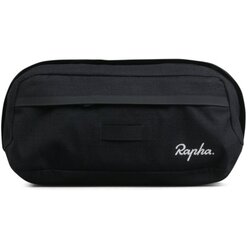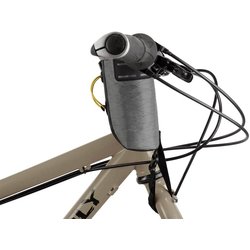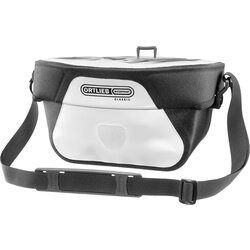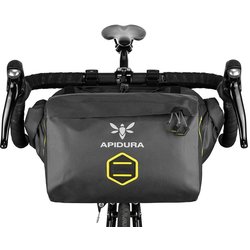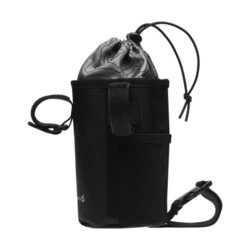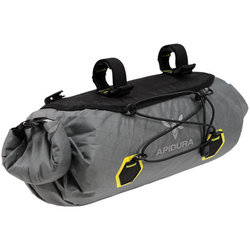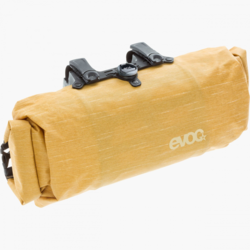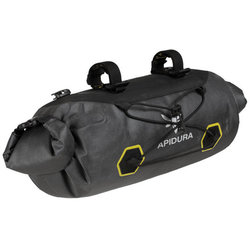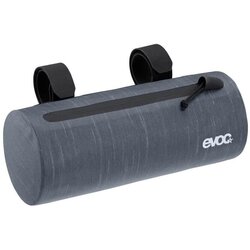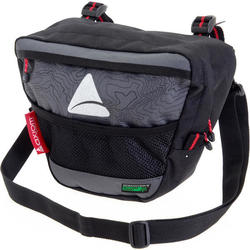Bike Packing Bag Buying Guide
Everything you need to know when selecting bike bags your next bike packing trip

Bike packing is a great way to get out of the city and explore the outdoors. We have an abundance of beautiful locations to explore in Canada, in every province for cyclists wanting to adventure into the outdoors by bike. With a bit of planning and the right set up, you can start exploring those beautiful locations!
In this guide, we will focus on a major bike packing essential, bags. The bike bag set up you decide on dictates how you carry weight on your bike, what you can bring, and where you can stash your items.
Things to consider when buying bike bags
Material & Durability
Take a look at the bike bags material, durability, and whether it's water resistant or waterproof. Consider the climate and conditions that you'll be riding in and choose a bag with material that will work best in those conditions.
A bike bag that is water-resistant can repel water to a certain degree but is not entirely impermeable.
A bike bag that is waterproof is completely impervious to water penetration, even under prolonged exposure or pressure. Check the zippers on the the seat bag, a waterproof bag will have a fully waterproof zipper as well.
Capacity Organization
Consider the bike bag's capacity based on the length of your trip and the gear you plan to carry. Look for features like multiple compartments and internal organizers to keep your gear accessible and well-distributed. This helps maintain balance and prevents items from shifting during the ride.
A bike bag that fits your bike and is designed well should help distribute weight evenly across the bike, reducing the impact on handling and stability. Heavier items should be placed low and centered within the bag to maintain a low center of gravity.
Bike bag mounting options
Mount bike bags on the bars, frame, or saddle. Storage and balance is essential for your bike packing trip.
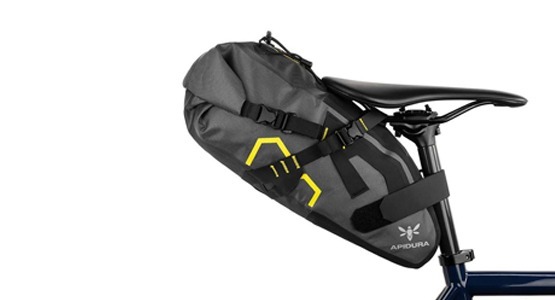
Bike Seat Bags
Securely attached beneath the saddle, these packs are ideal for carrying tools or lightweight items without needing a bulky rear rack. They help to distribute weight evenly and have the advantage of fitting a wide range of bikes.
Ease of Access
Take a look at how the seat bag attaches to the bike and how easy it is to access the contents in the bag. Some bike seat bags will have a simple roll top closure that allows you to access items easily as well as adusting the size of the bag to fit it's contents. Other features might include air release valves for easy compression and removable inserts to make accessing your gear easy without removing the mounting points from the bike.
Seat Bag Size
Choosing the right size of seat bag is important for a successful bike packing trip, as it directly affects your storage capacity and bike handling. When selecting a size, consider the duration of your trip and what gear you would like to carry. It’s also important to balance the load on your bike; overpacking a large seat bag can negatively impact your bike’s stability and handling, especially on rough terrain. Ensure that the bag fits securely and prioritize a size that offers ample storage while maintaining a comfortable and manageable ride.
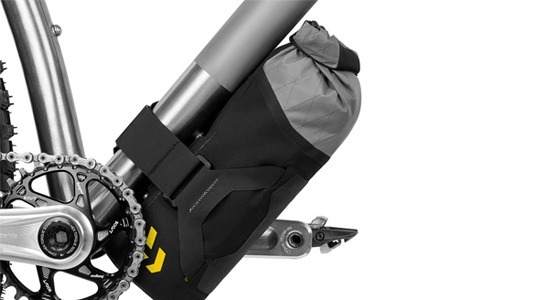
Bike Frame Bags
Frame packs help keep the centre of gravity low, minimizing impact on handling and provide easy access to frequently used items. Frame bags can be mounted on top of the top tube, under the top tube, or under the downtube.
Volume
Choosing a bike frame bag involves considering several factors, with volume being one of them. The volume of the bag determines how much gear you can carry, which directly impacts the type of trips you can undertake. For long-distance or multi-day rides, a larger volume bag is essential to accommodate essentials like food, clothing, tools, and spare parts. However, for shorter day trips a smaller bag might suffice, keeping your setup lightweight and streamlined. It's also important to consider the balance and fit of the bag on your frame to ensure it doesn't interfere with pedalling or handling.
Mounting Options
Most frame bags attach to the bike using straps, bolts, or a combination of both. Strap-on bags, which typically use Velcro or buckles, offer versatility and are easy to install or remove. They can be adjusted to fit various frame sizes and shapes, making them a popular choice for many cyclists.
Bolt-on bags, on the other hand, provide a more secure and streamlined fit, often attaching directly to the frame's mounting points. This option minimizes movement and leaves your frame open for additional bags you may need to attach like a top tube bag, or other accessories.
Compartments
Compartments help organize your gear, making it easier to access essentials while on the move. A well-compartmentalized bag allows you to separate tools, snacks, and other items, preventing them from shifting around and potentially causing damage. Additionally, compartments can enhance the bag's overall functionality by distributing weight evenly across your bike, improving balance and handling. For longer rides or bikepacking adventures, having designated spaces for different gear can save time and reduce stress, ensuring that everything you need is within reach and properly secured.

Cockpit Bags
Designed to make use of the often overlooked space below and around the handlebars, these bags help to create an even, balanced load. Useful for storing items over long distances and keeping essentials within arm’s reach.

